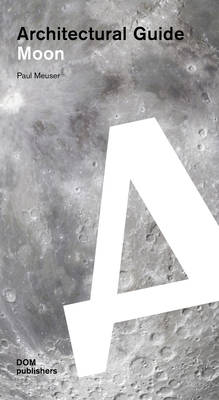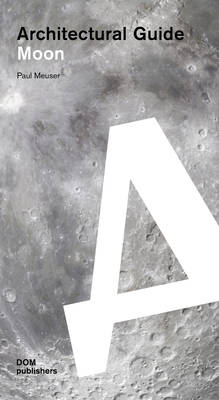
- Afhalen na 1 uur in een winkel met voorraad
- Gratis thuislevering in België vanaf € 30
- Ruim aanbod met 7 miljoen producten
- Afhalen na 1 uur in een winkel met voorraad
- Gratis thuislevering in België vanaf € 30
- Ruim aanbod met 7 miljoen producten
Zoeken
Omschrijving
In celebration of the 50th anniversary of the first man on the moon, this book for the first time ever looks at the artifacts left behind on the moon from the perspective of architecture. The book looks at every single mission - manned and unmanned - that has actually landed on the moon. It covers the time of the beginning of the Soviet and American space race with the landing of -Luna 2 in 1959, to the present with -China's Chang'e 3 moon -rover. This architectural guide differentiates itself from other scientific and educational books through its abstract approach to the topic of architecture on the moon. The content does not feature science fiction, but rather the question of what exists and what implications these bizarre structures hold for the future of architecture on other planets - as these topics are quite pertinent in today's world of the commercialization of spaceflight, with SpaceX and NASA planning to take humans to Mars in the next 15 years. The guide brings together authors both from the East and the West. Contributors on the Russian side include Galina -Balashova, the famous architect of the Soviet space program, and the expert Alexander Glushko, son of the deceased chief engineer of the Soviet space program, Valentin Glushko. Further contributions by Evangelos Kotsioris (-MoMA), Brian Harvey (China), Gurbir Singh (India), and Olga Bannova (University of Houston).
Specificaties
Betrokkenen
- Auteur(s):
- Uitgeverij:
Inhoud
- Aantal bladzijden:
- 336
- Taal:
- Engels
- Reeks:
Eigenschappen
- Productcode (EAN):
- 9783869226705
- Verschijningsdatum:
- 1/10/2019
- Uitvoering:
- Paperback
- Formaat:
- Trade paperback (VS)
- Afmetingen:
- 137 mm x 241 mm
- Gewicht:
- 657 g

Alleen bij Standaard Boekhandel
+ 33 punten op je klantenkaart van Standaard Boekhandel
Beoordelingen
We publiceren alleen reviews die voldoen aan de voorwaarden voor reviews. Bekijk onze voorwaarden voor reviews.








